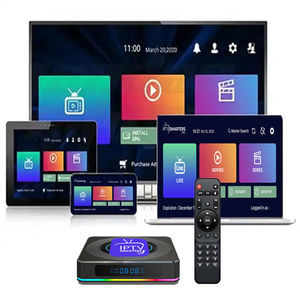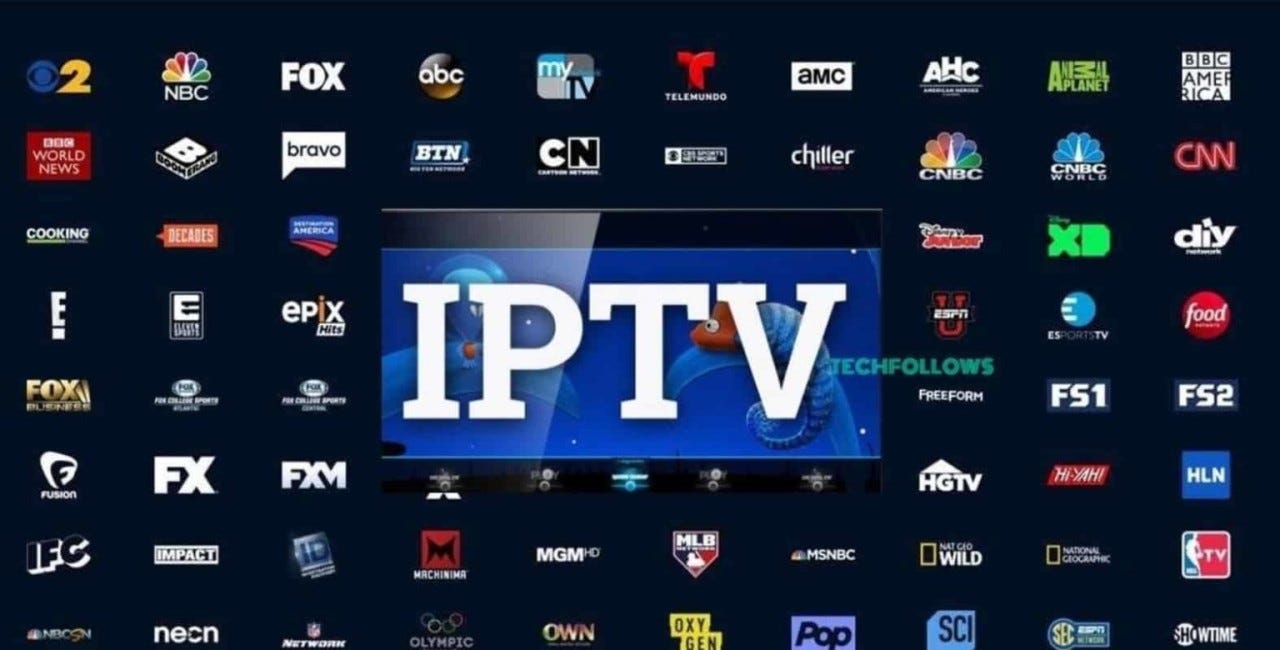How IPTV Functions: A Step-by-Step Overview to Web Method Television Modern Technology
Web Protocol Television (IPTV) has actually reinvented the way we take in television web content, providing a new world of opportunities via the power of the internet. Comprehending the details of just how IPTV works can clarify the technology that drives this innovative kind of media distribution. From the fundamental concepts of IPTV to the intricate procedure of content shipment, each action plays an essential function in guaranteeing a smooth watching experience. In this guide, we will uncover the hidden systems that make IPTV a fascinating combination of technology and home entertainment.
IPTV Essentials
In understanding IPTV basics, it is pivotal to realize the fundamental operations of this modern technology in supplying tv web content over the net. IPTV, which represents Web Method Television, makes use of Internet Procedure (IP) networks to transfer tv content to customers' devices. Unlike standard approaches of broadcasting tv web content through cable or satellite signals, IPTV streams media via high-speed internet links.

Moreover, IPTV enables for interactive capabilities, such as video clip as needed (VOD) and digital program guides (EPG), enhancing the customer experience by providing more control and adaptability in accessing content. Overall, understanding the basics of IPTV establishes the structure for discovering its even more innovative performances and the benefits it provides to contemporary television usage.
Material Shipment Refine
Efficient material distribution in IPTV systems includes a well-structured procedure that makes certain seamless transmission of television web content over IP networks. The content shipment procedure in IPTV starts with the development of the video content, which is after that inscribed into digital format appropriate for IP transmission. This encoded content is after that securely kept on servers called media servers. When a customer demands specific web content, the IPTV system gets the asked for information from the media servers and provides it to the visitor's device online.

Middleware Performance
With the integration of middleware, IPTV systems gain boosted capability that enhances customer interaction and content monitoring. Middleware acts as an essential element that connects the void between the interface and the back-end framework, helping with smooth interaction and interaction within the IPTV system. One of the essential functions of middleware in IPTV is to make it possible for customized individual experiences by providing functions such as interactive program guides, video-on-demand solutions, interactive advertising, and customer preferences monitoring. By streamlining these capabilities via middleware, provider can official site use a more dynamic and tailored IPTV experience to their clients.

Tool Compatibility
Given the essential function of middleware in allowing seamless interaction and web content monitoring in IPTV systems, a vital aspect to take into consideration is the compatibility of devices utilized for accessing the IPTV services. Gadget compatibility is essential for ensuring a smooth customer experience and optimum efficiency when accessing IPTV web content.
In the context of IPTV, gadget compatibility describes the capacity of a tool to effectively interact with the IPTV solution, present material correctly, and support the required procedures and codecs for streaming video material over the net. Various devices, such as wise TVs, set-top boxes, mobile phones, tablets, and computers, might have varying levels of compatibility with IPTV solutions.
To make sure a smooth viewing experience, it is necessary for customers to pick devices that are compatible with the specific IPTV service they are making use of. Furthermore, IPTV provider ought to offer support for a wide array of tools to deal with the diverse requirements of their customer base. By focusing on tool compatibility, both individuals and company can enhance the general IPTV experience.
Top Quality of Service (QoS)
Considering the essential function of preserving a high criterion go to this site of efficiency and dependability in IPTV systems, making sure regular Top quality of Service (QoS) stays a fundamental element of the customer experience. QoS in IPTV refers to the ability of the system to provide material with minimal disruptions, high resolution, and quickly filling times.
Company employ QoS systems such as website traffic prioritization, buffering, and error modification to maintain a secure IPTV solution. By prioritizing IPTV website traffic over less time-sensitive data, service providers can make certain smooth playback even during peak use hours. Buffering assists make up for network fluctuations, while mistake adjustment strategies enhance data honesty.
Continuous surveillance and optimization of QoS parameters are crucial to adapt to changing network problems and customer demands. Inevitably, a robust QoS structure is important for providing a seamless and delightful IPTV experience to users.
Final Thought
To conclude, IPTV operates via the transmission of tv web content over internet protocol networks. The innovation includes an organized procedure of material delivery, promoted by middleware functionality to make sure compatibility throughout different gadgets. Top quality of Service plays an important duty in maintaining the performance and integrity of IPTV services. Recognizing the essential concepts of IPTV is necessary for realizing the details of this innovative television innovation.